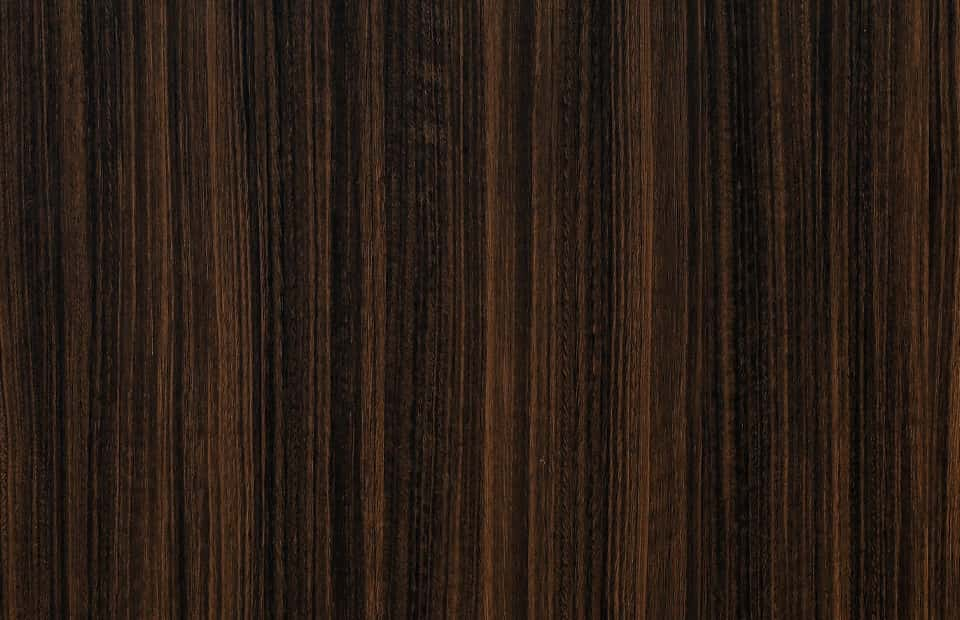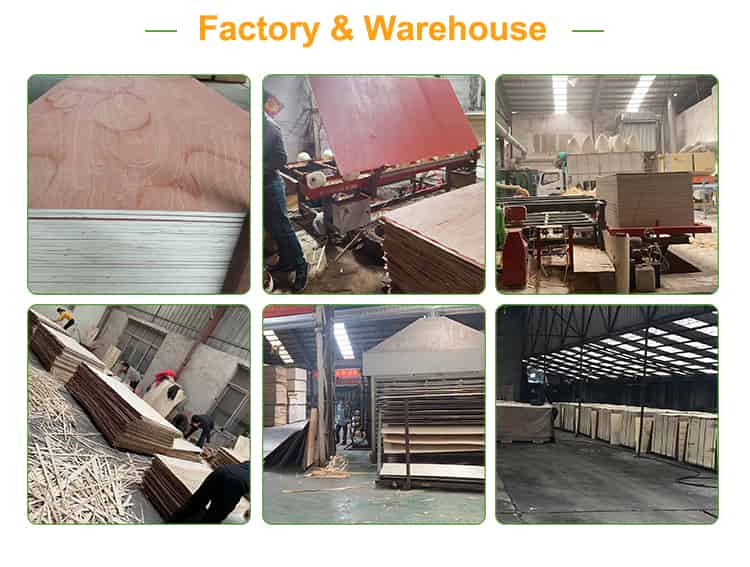In the pursuit of safer and more efficient building materials, the emergence of fire resistant fiberboard has been monumental. This innovative material not only provides a robust solution against fire hazards but also maintains the structural integrity of buildings during emergencies. Comprising various types, including fire rated plywood, fire resistant MDF, fire retardant MDF board, and fire treated plywood sheet, this range of products caters to diverse construction needs.
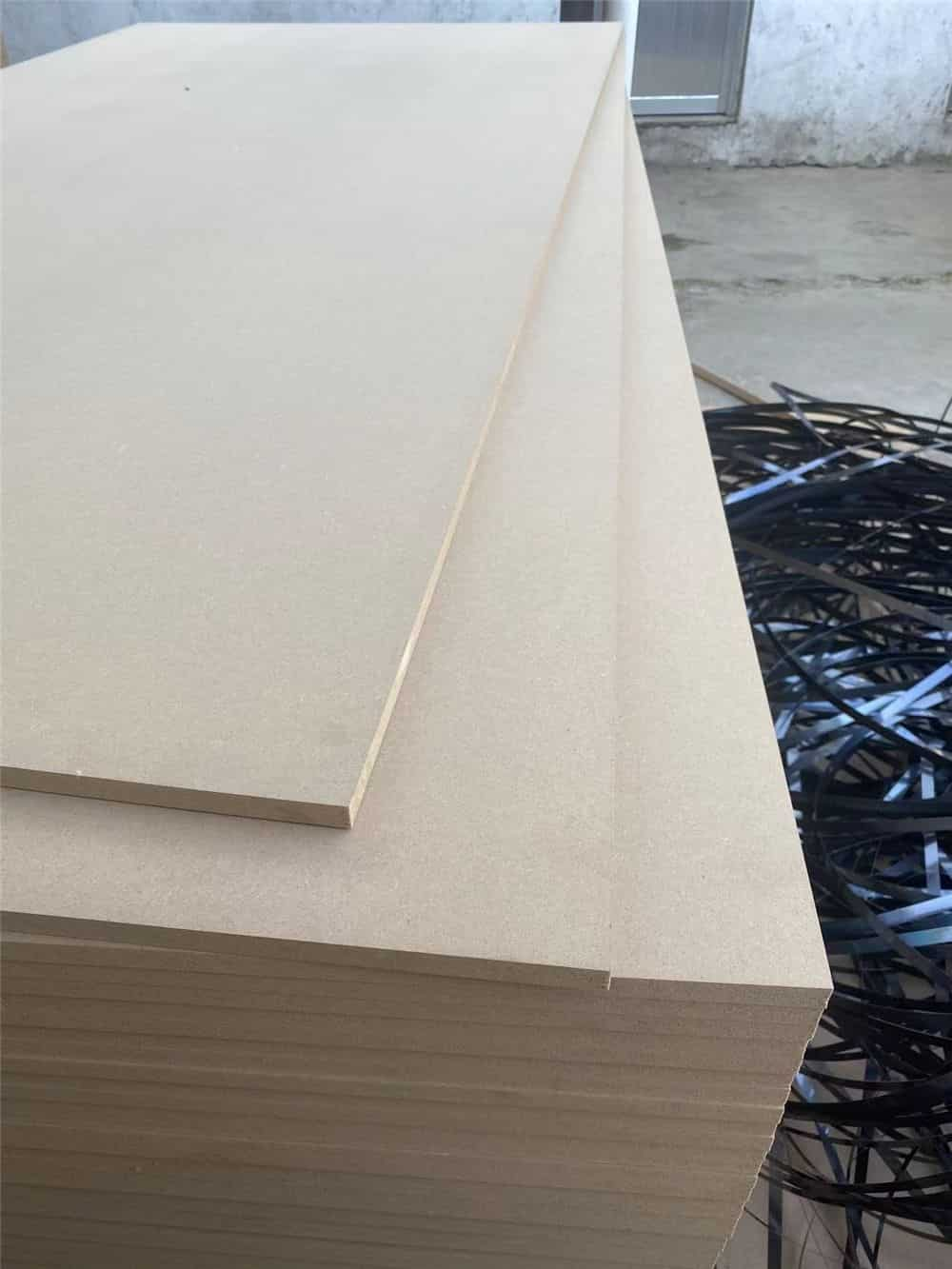
Fire resistant fiberboard is engineered to withstand fire exposure for extended periods, thereby preventing the spread of flames and smoke. Its composition includes fibrous materials bound together with adhesives that are treated with fire-resistant chemicals, enhancing its core properties. The application of these boards spans from interior walls and ceilings to flooring systems, making them essential in commercial, residential, and industrial sectors.
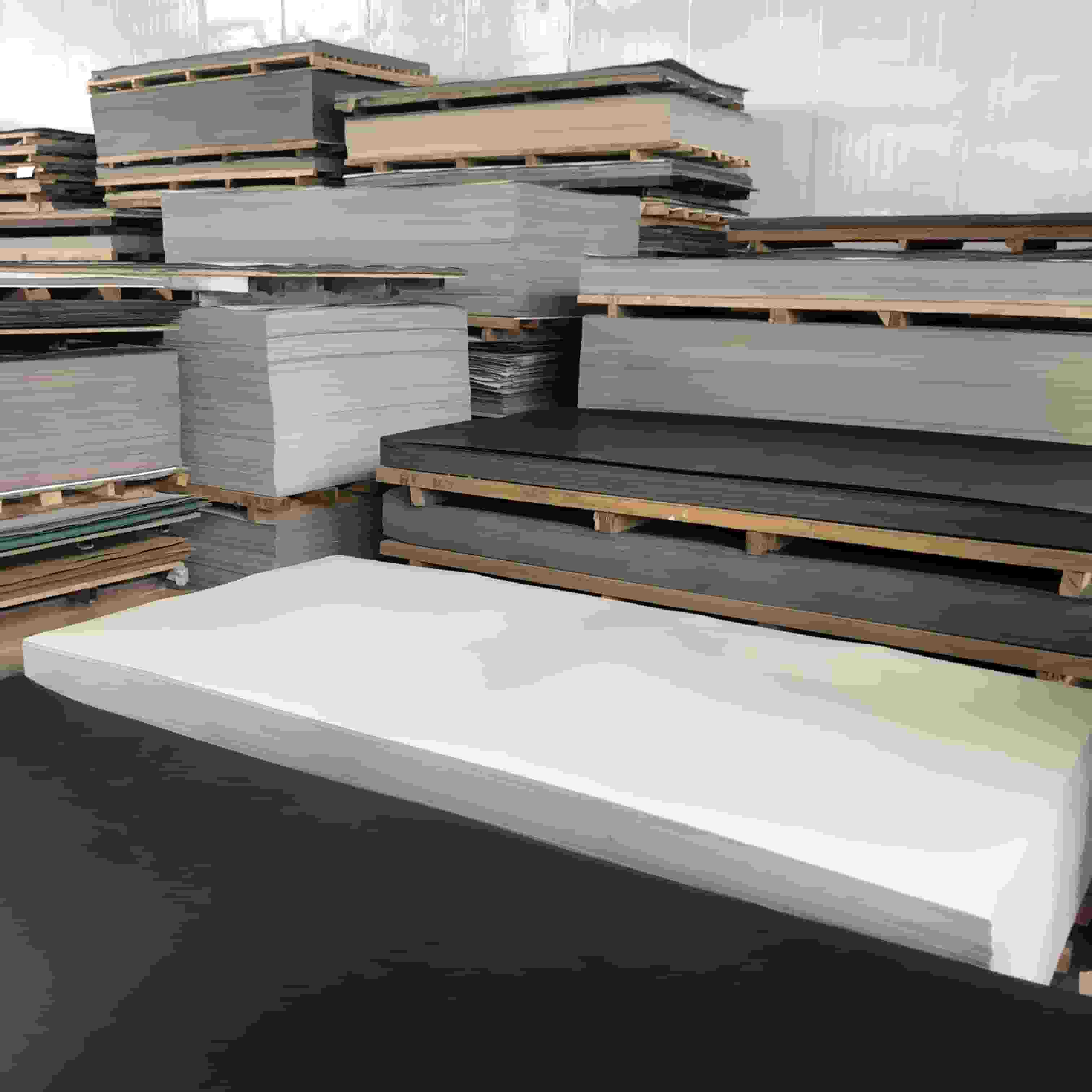
The classification of fire resistance in fiberboards is often based on their performance in standardized tests. For instance, fire rated plywood is assessed for its ability to act as a barrier against fire penetration, while fire resistant MDF ( Medium Density Fiberboard) focuses on reducing flammability and smoke production. These tests ensure that each type of board meets specific safety standards, providing architects and builders with reliable options tailored to their project’s needs.
Comparatively, fire retardant MDF boards undergo unique chemical treatments to delay ignition, whereas fire treated plywood sheets are processed to enhance their natural fire resisting properties. This variety in treatment methods allows designers to choose the best fit for different environments, be it areas prone to high heat or requiring stringent regulatory compliance.
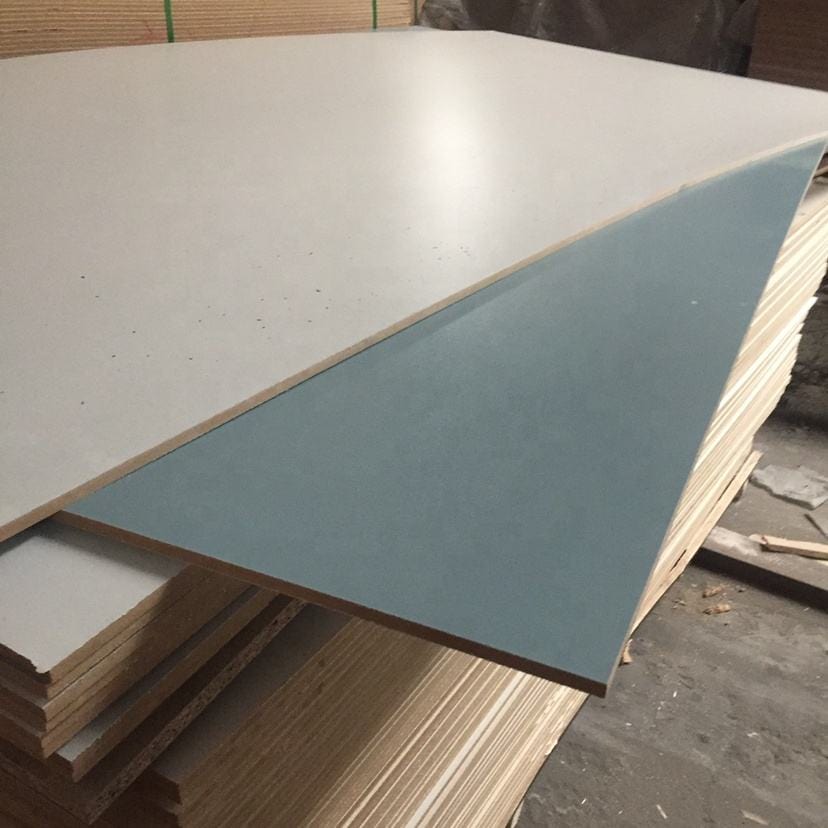
Moreover, the benefits of using fire resistant fiberboards extend beyond fire protection. They contribute to acoustic insulation, reducing noise pollution within buildings. Their durability also ensures longevity, which translates to cost efficiency in the long run by minimizing repair and replacement cycles.
As environmental concerns grow, the production of fire resistant fiberboards has increasingly focused on sustainability. Many manufacturers are opting for recycled materials and eco-friendly processes, aligning with green building initiatives. This not only reduces the carbon footprint of construction projects but also resonates with consumers who prioritize sustainable living.
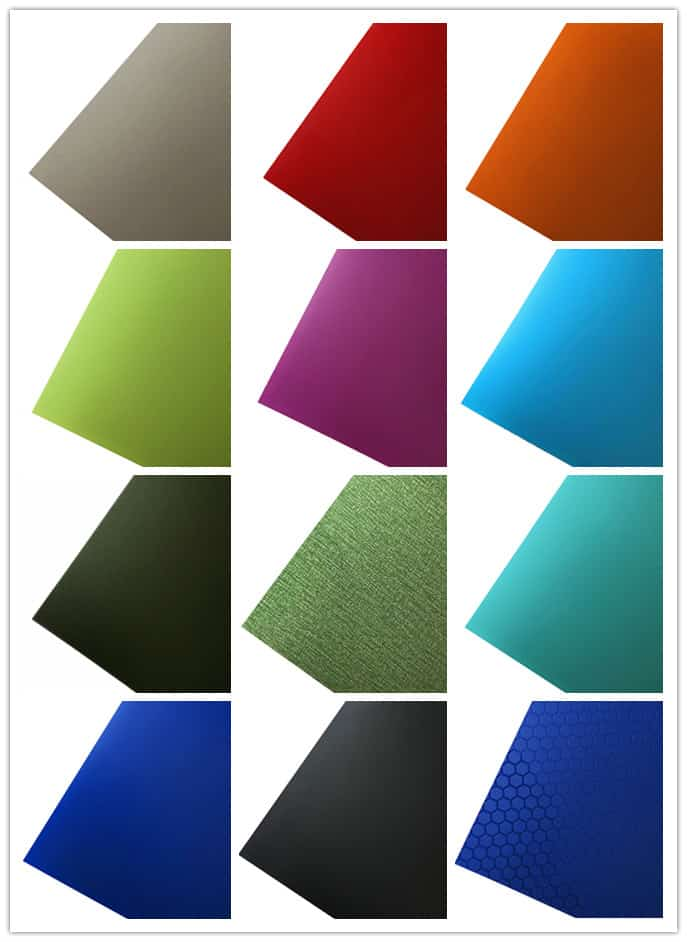
The integration of these boards into modern architecture necessitates careful consideration of factors such as weight, flexibility, and compatibility with other building materials. Collaboration between designers, contractors, and suppliers is crucial to ensure that the chosen fire resistant fiberboard aligns with structural requirements and regulatory guidelines.
In conclusion, fire resistant fiberboard stands as a testament to human innovation in crafting safer living and working spaces. With a broad spectrum of applications and continual advancements in technology, it remains an integral part of construction practices that balance safety, functionality, and environmental stewardship. As urban landscapes evolve, so too does the relevance of fire resistant fiberboard in shaping the built environment.
